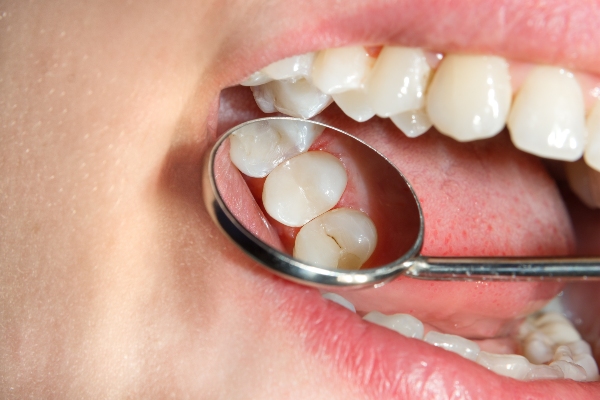What Qualifies as a Pediatric Dental Emergency?

A dental emergency is any condition that compromises the tooth’s structure or causes persistent oral bleeding or severe pain, and it needs to be treated by an emergency pediatric dentist.
Common causes of dental emergencies
A pediatric dental emergency can sometimes occur despite the parents’ best efforts. The following are common emergencies that can affect children.
Toothache
A toothache can affect children of all age groups and usually has an underlying cause. Common causes of tooth pain include tooth decay, dental trauma, tooth fractures, and wisdom teeth eruption in teenagers. Applying a cold compress can help relieve the pain temporarily, but the dentist will need to check the tooth as soon as possible.
Knocked-out tooth
If a child’s tooth gets knocked out completely, parents need to contact the pediatric dental specialist immediately because time plays a major role in the chances of saving and reimplanting the tooth. The dentist will typically not restore a knocked-out baby tooth, though, because reimplanting it may harm the tooth bud and consequently, the erupting permanent tooth.
Unless the damage is severe, the emergency pediatric dentist will always try to restore a knocked-out adult tooth. The chances of successful reimplantation are higher if done within an hour of the incident. The dentist will use a splint to hold the tooth in place until it regains hold in the jaw.
Dental intrusion
There are cases where dental trauma might force a tooth farther into the jawbone. The force is often significant enough that the tooth ligament and socket get damaged. If a dental intrusion occurs, a pediatric dental specialist should be called immediately. The dental professional will check the nature and depth of the intrusion and decide the next steps to take.
Tooth displacement
Tooth displacement can be described as a luxation, extrusion, or lateral displacement, depending on the tooth’s angle after the incident. The tooth is luxated if it stays in the socket and the pulp is intact. However, the tooth’s protrusion angle is likely unnatural, and there may be a fracture in the supporting jawbone.
Extrusion is when the tooth gets partially dislodged from its socket. In children, primary tooth extrusions usually resolve on their own without intervention. However, for permanent teeth, treatment is required to save the tooth and avoid infection.
Broken tooth
The tooth crown is the largest portion of the tooth and the most vulnerable to damage. The dentist will examine the extent of the fracture with a dental X-ray. If the tooth’s color changes, it means the inner portion of the tooth (pulp) is also affected. Minor crown fractures can be repaired with composite resin or sealants, whereas severe fractures will need pulp treatment.
Root fracture
A root fracture is a result of direct trauma and is not visible to naked eyes. If the dentist suspects a root fracture, they will need to take dental X-rays. The severity of the fracture, the tooth’s location, and the extent of discomfort will determine the next step. In worst cases, the tooth may need to be extracted.
In conclusion
When faced with a pediatric dental emergency, it is important to stay as calm as possible. Reach out to the emergency pediatric dentist immediately for help.
Request an appointment here: https://www.hvkidsmiles.com or call Hudson Valley Pediatric Dentistry at (845) 363-4177 for an appointment in our Middletown office.
Check out what others are saying about our dental services on Yelp: Emergency Dentist in Middletown, NY.
Recent Posts
Your emergency pediatric dentist can provide some valuable tips for managing your child’s tooth pain. Dental pain can be overwhelming for the child and the parent. Relieving it until you get to the emergency dental clinic can keep the child calm and ready for treatment. Here are some emergency pediatric dentist tips for managing your…
Going to an emergency pediatric dentist can be scary for your child and you. There will be concerns and worries anytime your child’s well-being is at risk. The dentist can diagnose and treat even the most severe conditions. Still, to prepare your child, it is helpful to use calming techniques to make the visit as…
It is true that a pediatric dentist undergoes special training to care for and treat developing mouths, but oftentimes, that training does not involve dental emergencies. More often than not, adults must visit a specialized dentist for emergency care, and the same goes with children.It is always a good idea for parents to have an…
With kids being in different sports and playing on playgrounds, along with weekend romps in the backyard you never know when trouble may transpire, but having an emergency dentist for kids on hand can be the best idea when it comes to saving a tooth or fixing an issue that cannot wait until the next…


